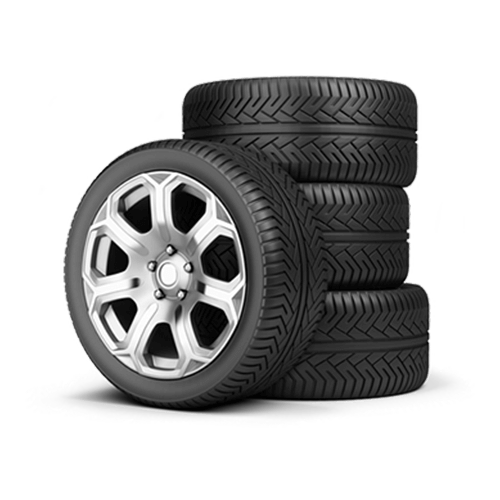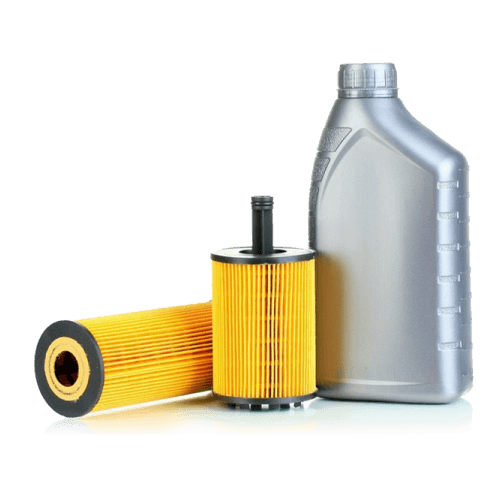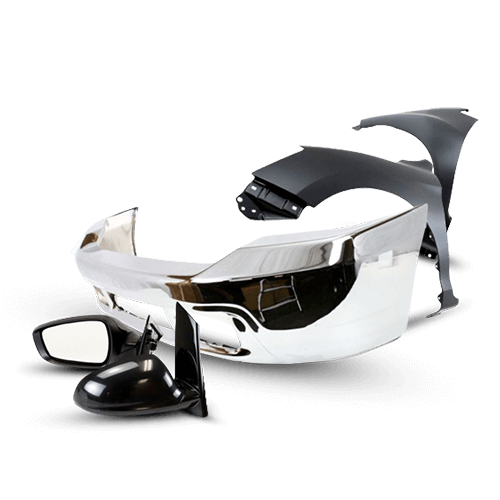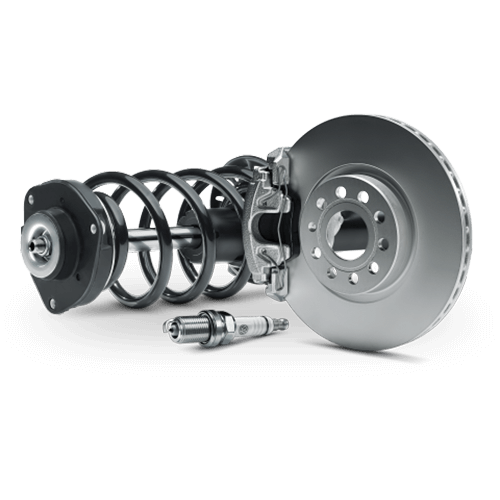
How Long Does a Car's Halogen Headlight Bulb Last?
HIDCONCEPT.COM receives many questions, but one question that stands out is "How long do halogen headlights last?" The halogen bulb lifespan can only be stated in hours of operation, just like any other serviceable parts in the vehicle. Also, the condition of the environment and the type of vehicle plays a critical factor in the lifespan of the bulb.
Two numbers are used in calculating the lifespan of the halogen headlight bulb: lifespan B3 vs TC. These two numbers indicate the minimum number of hours of about 97 percent of the bulb lasts. This figure applies to virtually all the bulbs in the market. According to Philips specifications, a lifetime of a bulb is B3/Tc = 200/400. B3 means time at which 3% of bulbs have failed, i.e. 200 hours and Tc means around 63.2% of bulbs have failed by 400 hours. So if you drive 1 hour on an average per day using the headlight, it should last around 6-7 months or so. After the figured time passes, the halogen bulb failure rate starts to increase. By the time Tc figure is reached, 60 percent of the bulbs likely failed.
We are not purposely trying to turn a question into a complicated mathematic thesis, but it is just not that simple for all halogen bulbs to last X many times hours before the bulb fails.
If we plot the service lives of the individual bulbs on special logarithmic graph paper, the graph produced is called a "Weibull distribution curve." In a stable production process, we obtain a straight line for the service life on which we can read off various life values. For example, Osram's automotive production purpose, Osram specifies a B3 value, which indicates the time at which 3% of the tested bulbs have failed. (As we mentioned above) OSRAM also specifies the Tc value (characteristic Weibull value), which indicates the time at which 63.2% of the bulbs have failed.
For a standard H7 bulb, the calculation of B3 value comes out to 330 hours. As a comparison, a dual filament bulb from the 1960s had less light output and failed after around 50 hours. A modern high-performance bulb, such as Night Breaker Laser emanates full light for at least 150 hours. Cool Blue Intense Next Gen. has a B3 value of 100 hours. If having a longer life bulb is important, it is best to choose a long-life lamp, like the Osram Original Line H7L halogen bulb. Osram Original Line H7L halogen bulb will give you over 1,000 hours, but the downside is that the long-life bulb is not as bright as the high-performance bulb, like Night Breaker Laser H7. It is a standard H7 halogen bulb, but with its "variable pitch" filament design, the Luminous Flux (brightness) will be higher than the standard halogen bulb. Therein lies the trade-off.
There are a few things you can do to extend and maintain the lifespan of the halogen headlight bulb.
1) When installing the headlight bulbs, wear a pair of gloves. The glass (Some made with quartz) is highly sensitive to grease, including the oil from your hands. In the worst case where the bulb's glass has enough grease, the bulb will shatter.
2) Condensation inside the headlight housing can be a problem that can shorten the life of the halogen bulb. Driving in the rain or using a high-pressure water jet cleaner in a car wash can cause moisture to enter the headlights. Since this can occur during the transition period, this condensation in the headlights is considered to be normal. This should normally disappear again after a short period as a result of air circulation. However, if it gets worse it can cause to shorten the life of the halogen bulb.
3) List of faulty mechanisms that can affect the life of the bulb.
Vibration and shock
The ambient temperature in the headlight.
Irregular output from the power supply or a problem with the alternator
Corrosion in socket leading to poor contact between the socket connectors and the bulb
Note: These numbers apply for a test voltage of 13.2 volts.






